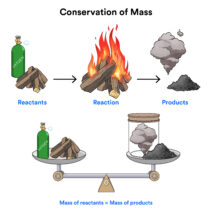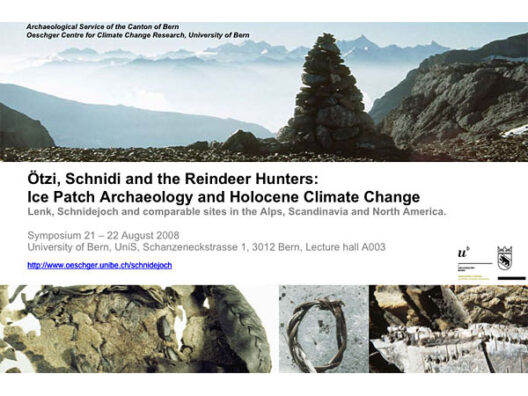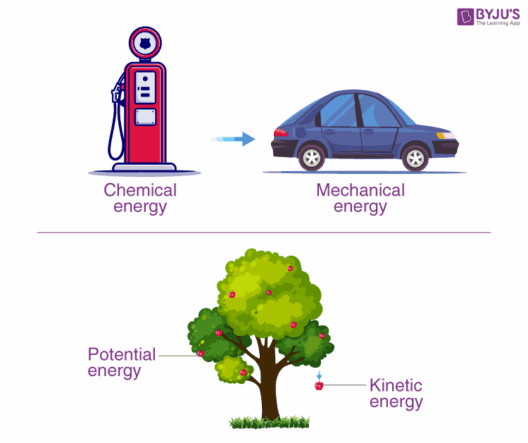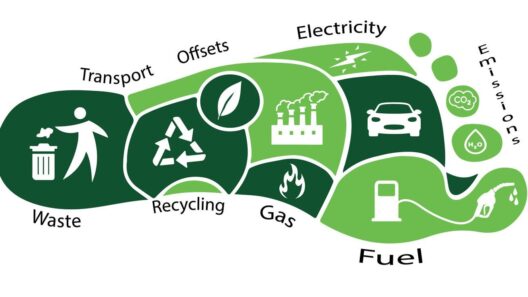The intricate mechanisms of Earth’s climate regulation are vital to sustaining life as we know it. One of the most significant processes that helps to maintain atmospheric balance and temperature is known as oceanic circulation, specifically the thermohaline circulation. This process, characterized by the movement of ocean water driven by differences in temperature (thermo) and salinity (haline), plays a critical role in the global climate system.
The thermohaline circulation often referred to as the “global conveyor belt,” is a deep ocean process that influences the distribution of heat around the planet. Cold, dense water sinks in polar regions while warmer, less dense water rises near the equator. This continuous movement results in the mixing of ocean layers, facilitating the transfer of heat from equatorial regions to the poles. As warmer water travels northward, it cools down, releases heat to the atmosphere, and contributes to moderating temperatures in various regions.
An integral part of this vast system is the Gulf Stream, which transports warm water from the Gulf of Mexico across the Atlantic Ocean toward Europe. The Gulf Stream significantly impacts the climate of regions along its path, making Western Europe notably milder than analogous latitudes in North America. Without this remarkable engine of heat distribution, much of the northern hemisphere would experience drastically different climatic conditions.
Another critical component of Earth’s climate regulation is the role of forests in carbon sequestration. Forests act as natural “carbon sinks,” absorbing carbon dioxide (CO2) from the atmosphere through photosynthesis. This process mitigates the greenhouse effect, where excessive CO2 leads to global warming. The health of these biomes directly correlates with the planet’s ability to stabilize temperatures and combat climate change.
Moreover, the concept of albedo deserves attention when discussing climate regulation. Albedo refers to the reflectivity of surfaces on Earth. Ice and snow, for instance, have a high albedo, reflecting most sunlight back into space. Conversely, darker surfaces, such as forests or oceans, absorb more heat. Changes in land use, including deforestation and urbanization, can dramatically decrease the Earth’s albedo, leading to increased warming. This demonstrates how surface characteristics can initiate feedback loops that further intensify climate change.
The water cycle is another natural process that is vital for climate modulation. Evaporation, condensation, and precipitation are fundamental stages of the water cycle that influence weather patterns and temperature regulation. For instance, evaporation from oceans not only cools the surface water but also contributes to cloud formation and rainfall. These phenomena serve to redistribute heat globally and support ecosystems in various regions.
In addition to oceanic and terrestrial systems, the atmosphere plays a critical role in climate regulation through the greenhouse effect. Naturally occurring greenhouse gases, such as carbon dioxide, methane, and nitrous oxide, trap heat in the atmosphere, maintaining a temperature suitable for life. It is essential to recognize that while greenhouse gases are necessary for the retention of heat, human activities have dramatically amplified their concentrations, leading to accelerated climate change. Understanding this delicate balance is imperative for addressing environmental concerns.
Furthermore, climate regulation is profoundly affected by feedback mechanisms within the Earth’s systems. Positive feedback loops, such as the melting of polar ice, lead to decreased albedo and increased absorption of solar radiation, further accelerating warming. On the other hand, negative feedback mechanisms, such as increased cloud cover in response to rising air temperatures, can enhance cooling effects. The interplay of these feedback systems contributes to the complexity of climate behavior, highlighting the necessity for comprehensive climate models in understanding future scenarios.
Natural disasters, often exacerbated by climate change, also factor into climate regulation. Events such as hurricanes, wildfires, and floods can reshape landscapes, modify ecosystems, and alter atmospheric conditions. While these events often appear deterministic, they emphasize that climate systems are dynamic and influenced by a multitude of factors, including human intervention.
As society grapples with the challenges posed by climate change, an awareness of these natural systems becomes paramount. Advocacy for sustainable practices, reforestation, and climate-friendly policies can enhance the resilience of natural processes. Innovations in renewable energy, energy efficiency, and carbon capture technologies are crucial for mitigating human impacts on the climate system.
Moreover, education plays an instrumental role in fostering public awareness about the significance of natural processes in climate regulation. Understanding the science behind climate dynamics empowers individuals and communities to make informed decisions and advocate for environmental conservation. Engaging media campaigns and grassroots movements can stimulate widespread action, galvanizing support for policies that bolster the integrity of Earth’s climate systems.
In conclusion, the regulation of Earth’s climate is an intricate tapestry woven from various natural processes. From oceanic currents to forest carbon storage, each component contributes to the delicate equilibrium that sustains life on our planet. Acknowledging the importance of these systems is crucial, particularly as humanity faces unprecedented environmental challenges. By prioritizing the protection and restoration of natural processes, society can work toward ensuring a more sustainable and stable climate for future generations.







